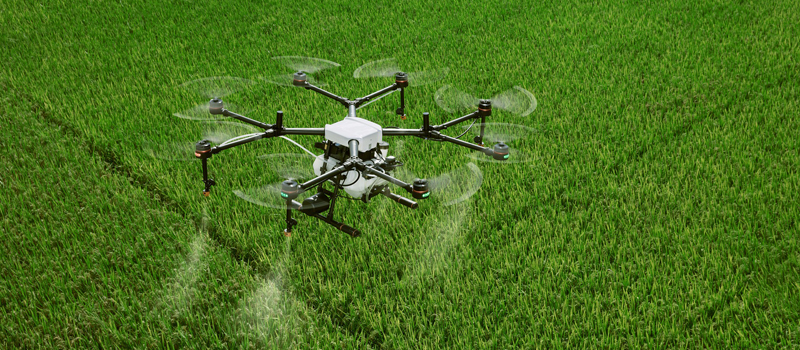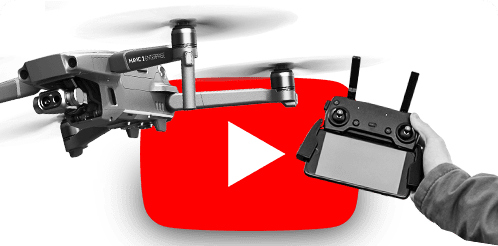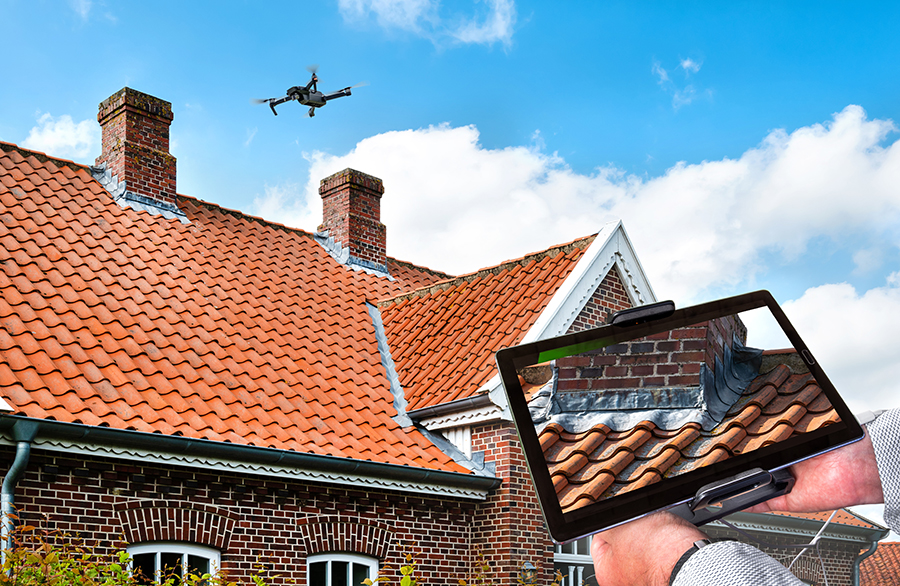-
What is Part 137?
-
Who needs Part 137 certification?
-
How to get certified under Part 137
- Drone News Update
- 1. Pre-meeting
- 2. Formal application
- American Manufacturer Freefly Talks New Product & Drone Ban - Matt Isenbarger - PiXL Drone Show #82
- 3. Document compliance
- 4. Demonstration and inspection
- 5. Certification
-
Is a Part 107 drone license still necessary?
-
State Chemical Applicators License – an extra step
-
Final thoughts
Agriculture is one industry that has surprisingly benefitted from drone technology. The more common use case of drones in agriculture is for the collection of multispectral data using aerial surveys. This multispectral data can then be processed to infer critical indicators of crop health, allowing for a “smarter” approach to crop management.
Decidedly less common is the use of drones for agricultural spraying. There’s good reason, too – the fact that it requires a certain kind of FAA certification. In this article, we’re taking a detailed look at Part 137.
What is Part 137?
14 CFR Part 137 is entitled “Agricultural Aircraft Operations”. That name might make Part seem like an all-encompassing rule for aircraft operations that involve agriculture. Thankfully, that is not the case.
Based on the definition of Part 137, agricultural operations are defined as such:
- Dispensing of any substance intended for plant nourishment, soil treatment, pest control, or propagation of plant life
- Dispensing of an economic poison (pesticide, defoliant, plant regulator, or any other substance listed in Part 137.3)
- Engaging in any dispensing activity directly affecting agriculture, horticulture, or forest preservation
Part 137 is not a rule that was specifically formulated for drones. Instead, it is a general rule for aircraft operations that just happens to overlap with some examples of professional drone use. As far as drone pilots are concerned, agricultural spraying is considered by the FAA as a type of “Advanced Operations” that requires special certification.
As of February 2021, only 37 companies in the US have received Part 137 certification. Part 137 certification can be granted to both companies and individuals but there does not seem to be a single example of the latter.
Who needs Part 137 certification?
Drone operations that involve agricultural spraying will need to be done by a pilot with a Part 137 certification. To be more specific, the “economic poison” mentioned in Part 137 refers to:
- Any substance or mixture intended for preventing, destroying, repelling, or mitigating any insects, rodents, nematodes, fungi, weeds, and other forms of plant or animal life or viruses, except viruses on or in living man or other animals, which the Secretary of Agriculture shall declare to be a pest, and
- Any substance or mixture of substances intended for use as a plant regulator, defoliant, or desiccant.
Part 137 regulations will apply to any drone pilot who conducts agricultural operations as covered by the definition listed above.
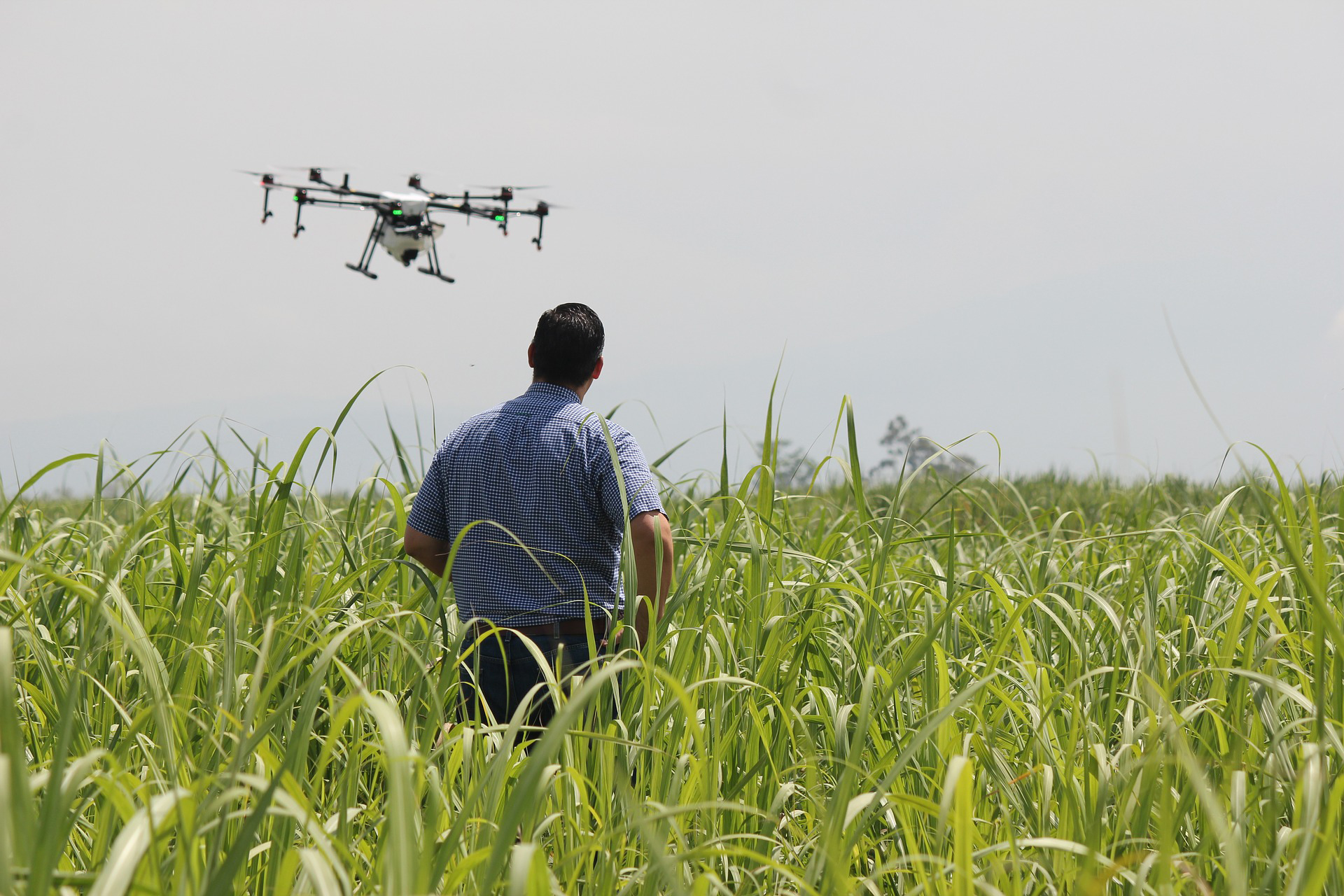
Also worth mentioning are cases when Part 137 certification is NOT needed. Remote sensing or any type of data collection using drones is not covered by Part 137. Based on the definition of “economic poison”, spraying pure water over crops using drones also does not require Part 137 certification.
Based on the definition of Part 137, agricultural operations may not necessarily take place on agricultural land. Spraying of weed killers for road clearing or mosquito control chemicals in urban areas will also fall under the mandate of Part 137.
How to get certified under Part 137
If you believe that your operations will under the scope of Part 137, then the first step is to determine if you will be flying a drone that weighs less or more than 55 pounds. The initial step will vary based on this element alone:
- Drones that weigh less than 55 pounds will be flying under Part 107 rules. However, they will need to apply for an exemption for 107.36 (Carriage of hazardous material). There are also some provisions under Part 137 for which they would have to apply for exemptions as many of the regulations were written for manned aircraft.
- Drones that weigh 55 pounds or more must first be certified under 14 SFR Part 91. They will then have to apply for exemptions for many regulations under Part 61, Part 91, and Part 137.
Examples of Part 137 regulations that may not apply to drone flight include the following:
- Section 137.19 – “The applicant must have available the services of at least one person who holds a current US commercial or airline transport pilot certificate.”
- Section 137.33 – “The agricultural aircraft operator certificate and airworthiness certificate must be carried on the aircraft.”
- Section 137.42 – “No person may operate an aircraft in operations required to be conducted under Part 137 without a safety belt and shoulder harness.”
The specific provisions for which the applicant should apply for exemption will depend on the circumstances of the proposed operations. Once the necessary exemptions have been granted, the drone pilot can then proceed to apply for the Part 137 Agricultural Aircraft Operator Certificate (AAOC).
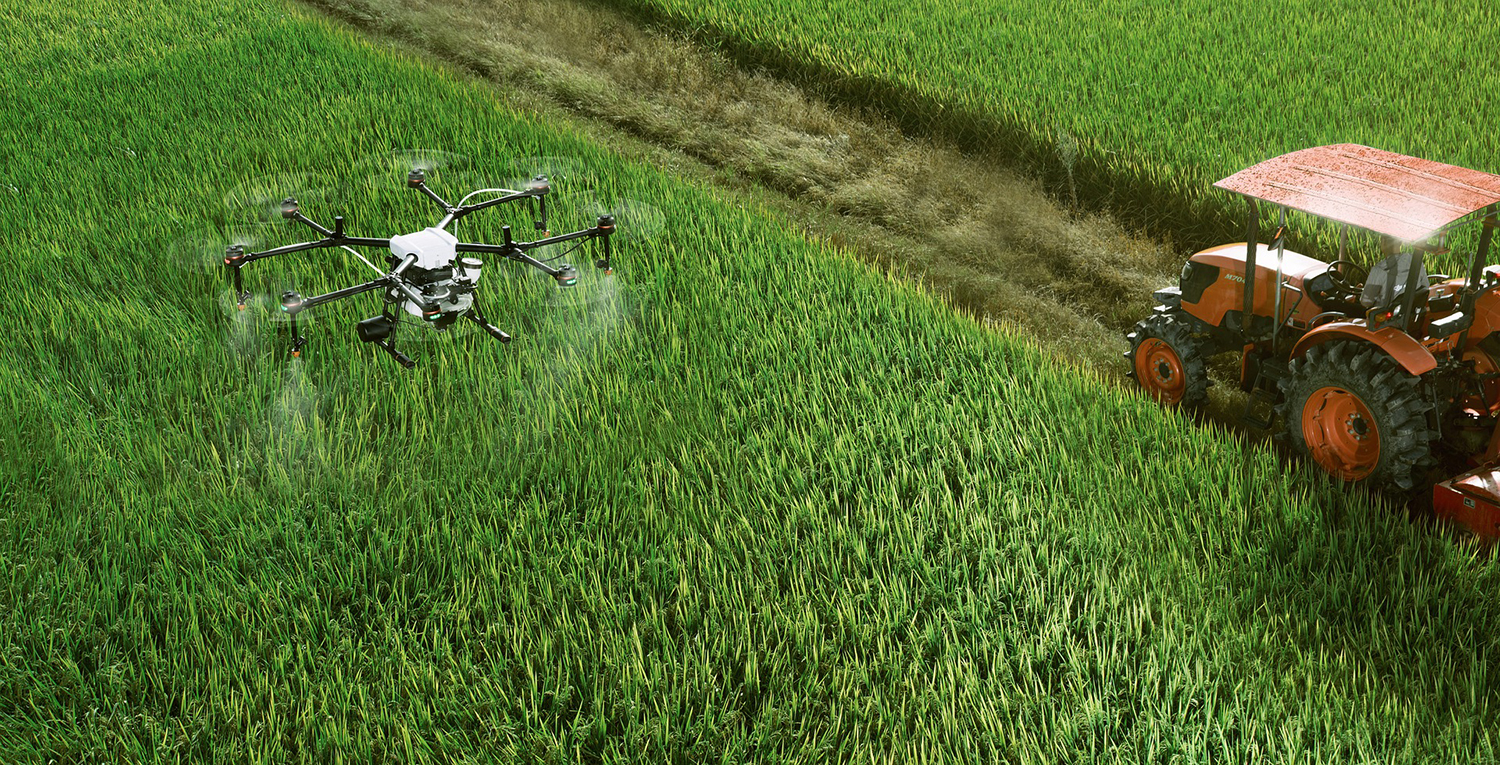
The certification process can then begin as described in more detail in an Advisory Circular (AC 137-1B) released by the FAA in 2017. The application starts with a pre-application meeting between the operator and the Flight Standards District Office where the details of the proposed operation are discussed.
1. Pre-meeting
The purpose of this pre-meeting is for the FSDO to assist the applicant in ensuring that they meet eligibility requirements for Part 137 certification. The FSDO will also check if the operator has secured the necessary exemptions to proceed with the application. The FSDO may waive the pre-meeting requirement if the operator also has previous experience in Part 137.
Once eligibility has been established, the operator will submit a formal Letter of Intent (LOI). The letter will include details of the proposed operations including the size and scope, the aircraft that will be used, the time and date when the operation will start, and the legal name of the company applying for certification.
2. Formal application
As part of the certification team, one representative of the FSDO will be assigned as the certification project manager (CPM). The CPM will act as the primary point of contact of the FSDO with the applicant. It will be the responsibility of the CPM to avoid delays in the certification process which may disrupt the proposed operations of the applicant based on their tentative start date.
The applicant will then have to fill out FAA Form 8710-3 (Agricultural Aircraft Operator Certificate Application). A copy of this form is available online, although it is also the responsibility of the CPM to provide the form to the applicant. Along with the application, the applicant should submit a proposed Schedule of Events (SOE) detailing their planned timeline for the operations.
Upon application, the certification team will have a maximum of 30 business days to perform their review. Applicants will be notified by writing of the decision of the certification team. Applications can also be marked pending if there are items that are deemed unsatisfactory. The certification process will be paused until the applicants can comply with the needed revisions.
The formal acceptance of the application merely indicates that it will move forward – not that it is already approved. This will end the formal application phase and start document compliance.
3. Document compliance
In this phase, the CPM will conduct a review of all the documents that the applicant has submitted. In the case of drone pilots, this will include the UAS registration number and any associated operational documents such as exemptions, waivers, and COAs. If the drone weighs less than 55 pounds, there will be no need to prove airworthiness.
4. Demonstration and inspection
The goal of this step is to ensure that the operations can be done to the highest degree of safety. To achieve this, the CPM will conduct an inspection of the aircraft that will be used as well as the base of operations of the applicant. This will also involve scrutinizing the applicant’s recordkeeping system, maintenance facilities, and communications protocols.
A significant part of this phase is the knowledge and skill testing of the pilot or their designated chief supervisor identified in the application as required by Section 137.19. The Operations inspector will have to determine that the pilot is qualified to act as the PIC of an agricultural aircraft.
While there is no established protocol yet on pilot testing for Part 137, the FAA has provided bullet points of expected knowledge areas of drone pilots:
- Performance of the aircraft within the proposed flight envelope
- System response and safeguards used to mitigate the risk of engine power loss
- Procedures for failed signal input from the control station
- Considerations for payload equipment configuration
- Procedures for aircraft lost link and emergency recovery procedures
- Determination of thresholds for radio signal strength or health
- Communication procedures between the PIC and visual observer during operations
- Methods for see and avoid
- Aircraft reaction during takeoff, climb, cruise, descent, and landing in the event of a lost link
- Operations from a moving vehicle, if applicable
- Procedures for loss of sight of UAS
- Procedures for manned aircraft avoidance
There will also be questions that address the standards and procedures for the dispensing of dangerous chemicals. Some example questions that the FAA has provided include:
- How would you dispose of containers that held a toxic poison?
- What are the symptoms of chronic toxic exposure?
- What should be your emergency response if a known contamination exists?
- Where is the nearest poison control center?
- While airborne, what steps would you take before starting your first swath run?
- What steps would you take before you dispense chemicals over a city, town, settlement, or other urban areas?
Aside from answering questions, the pilot must also demonstrate their flight skills. For the skill test, the actual aircraft must be loaded with a suitable material up to the maximum certified takeoff weight. Since no certificate has been granted yet, water is usually used for this test. This is not explicitly required by Part 137 can be enforced by the FSDO with their discretion.
It is the responsibility of the inspector to inform the pilot of their expectations and performance metrics. They will be asked to perform specific flight maneuvers within the restrictions imposed by the skill test. The FAA has published a procedure for the skill test, but some flight maneuvers may not be applicable to drones.
An applicant may retake the demonstration and inspection phase should their results be deemed to be unsatisfactory. They will need to set a new appointment with the inspector.
5. Certification
Once the applicant has passed the demonstration and inspection phase, they will be granted the Agricultural Aircraft Operator Certificate. Applicable authorizations
Is a Part 107 drone license still necessary?
Yes, you will still need to have a valid part 107 remote pilot certificate if you are doing agricultural operations and you have been certified under Part 137. A Part 137 certificate does not supersede the requirement for Part 107.
State Chemical Applicators License – an extra step
Depending on the State where the operations will take place, a State Chemical Applicators License may be necessary before agricultural spraying can be done. This is typically a requirement for pesticide application.
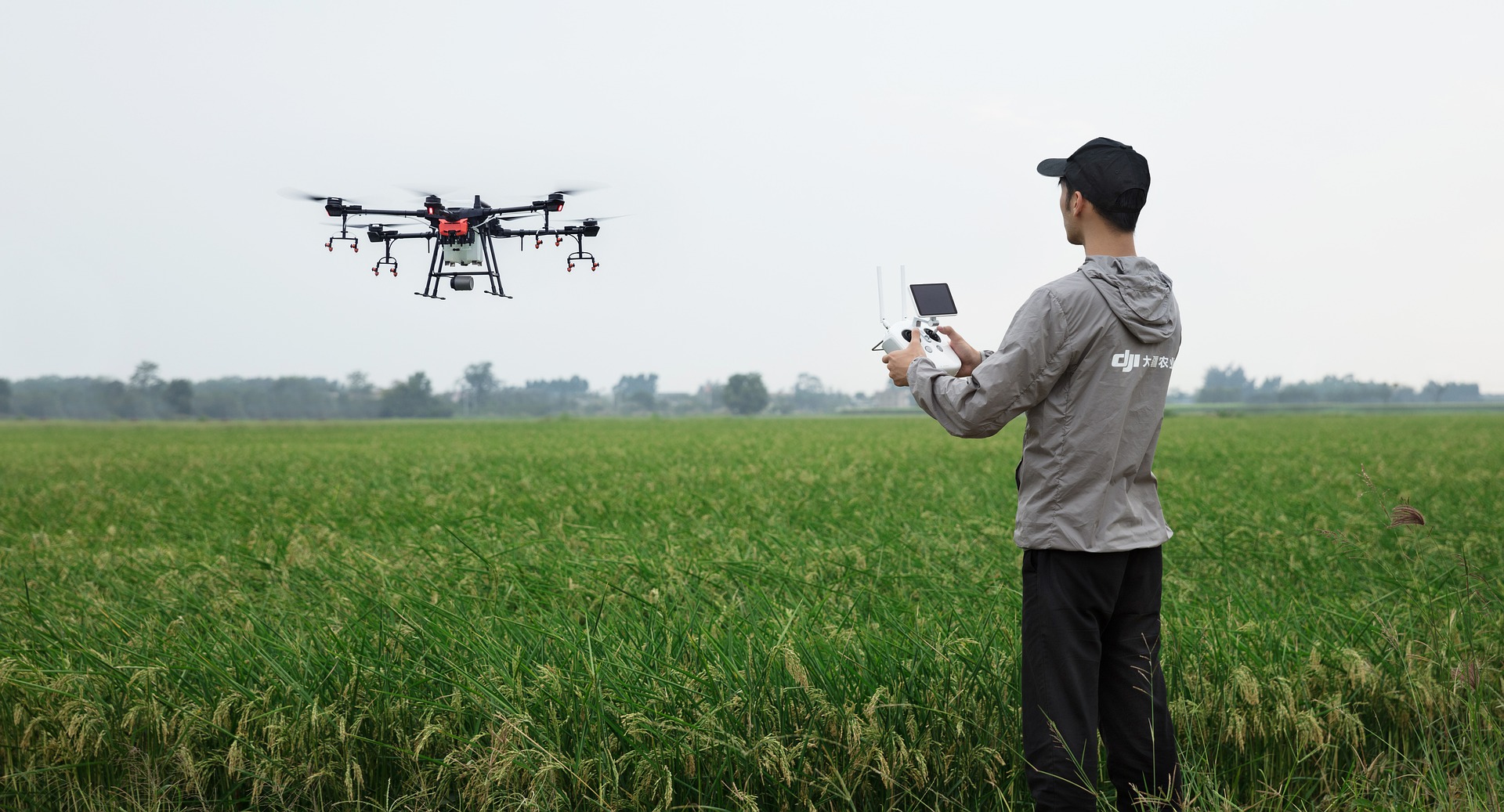
There has been some effort to revise pesticide use regulation in the context of drone-based spraying. After all, drones can fly at much lower altitudes compared to manned aircraft. This makes the risk of pesticide drifting to faraway places a lot less significant.
However, there are still some states that require some form of certification before they allow the spraying of pesticides. A good example is the Pesticide Applicator License required in Florida. It would be best to consult with the Department of Agriculture of the State where you intend to conduct agricultural spraying. Being a fairly novel way to spray crops, not many regulations at the state level have been reviewed in the context of drone technology.
Final thoughts
Agricultural spraying is one of a few drone applications that the FAA considers “Advanced Operations”. Aside from the standard Part 107 license, drone pilots will have to apply for Part 137 certification.
Part 137 is complex because it is not legislation that was specifically tailored to drone operations. The good news is that a lot of drone companies have already been granted the Part 137 certification, so it’s no longer a new thing for FSDOs. Just don’t forget that some states also regulate the act of spraying pesticides so there may yet be another certification you will need.
